- Published on
Why New Yorkers Deserve Better Transit
Welcome to theUbik Blog!
If you haven’t already subscribed, subscribe here!
Stockholm Syndrome
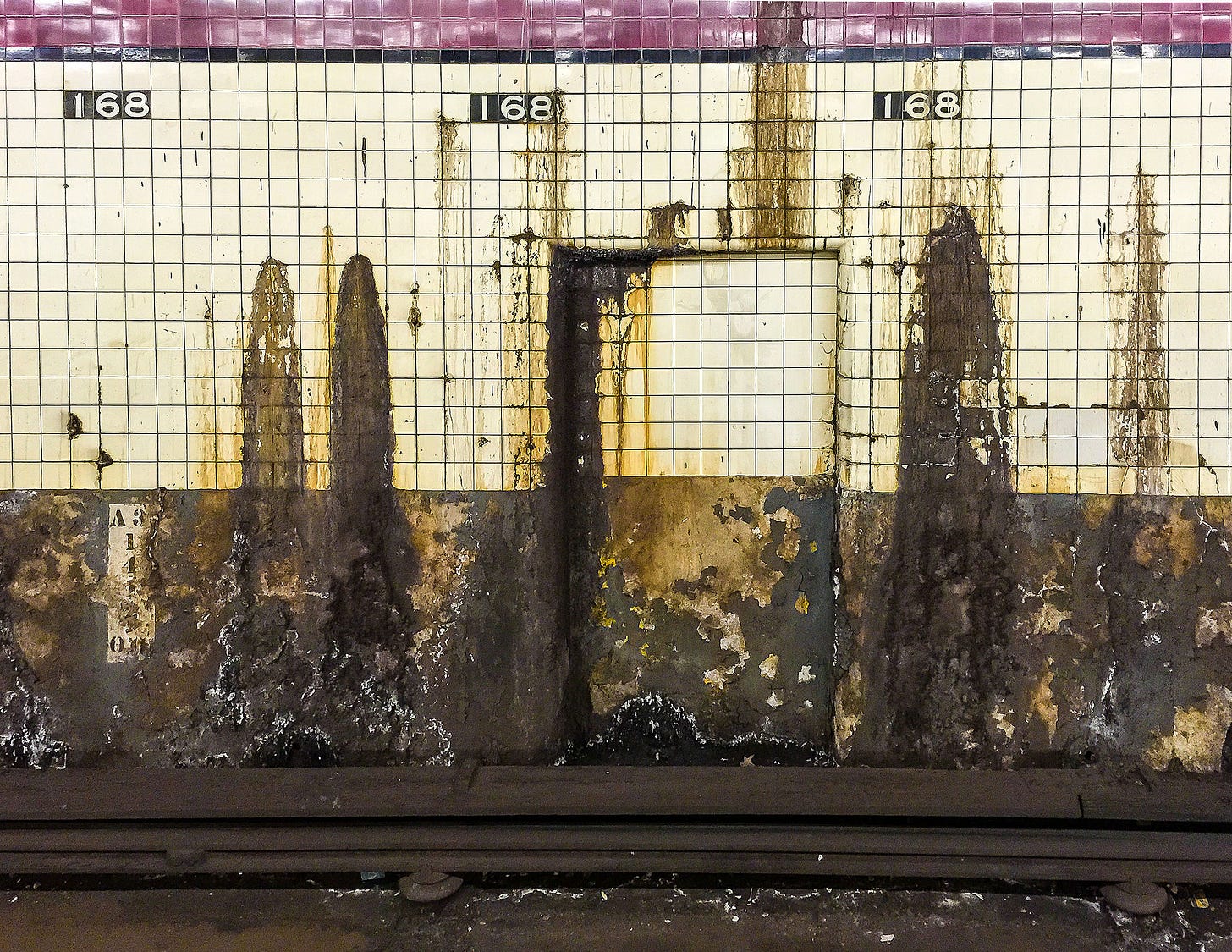 Steven Pisano from Brooklyn, NY, USA - New York City Street Scenes - Subway Wall at 168th Street
Steven Pisano from Brooklyn, NY, USA - New York City Street Scenes - Subway Wall at 168th Street
Throughout my 24 years as a New Yorker, the city's efforts to make the subway cleaner and safer seem relatively unnoticeable. Sure, we have some new train cars, and, conveniently, commuters can tap their phones, but I still wait for five minutes or more for the F train, sweat in 100-degree stations, and endure frequent delays during summer storms.
Despite these frustrations, New Yorkers seem to have developed a civic Stockholm Syndrome—accepting the subway's inefficiencies as inevitable. NYC is now the second most expensive city globally, yet our subway doesn't even rank in the top 10 transit systems worldwide (Bills and Kelly). Cities like Hong Kong, Tokyo, and London, which serve smaller populations, rank far higher. How can New Yorkers settle for poor transit and call this the "best city in the world"?
As a native New Yorker, I love this city, but it's hard to keep excusing poor planning. Why is our subway so poorly maintained? Rising water levels and more frequent storms will only worsen the situation, yet there seems to be little preparation by the MTA. How will we pay for these much-needed fixes?
The Problems
Debt
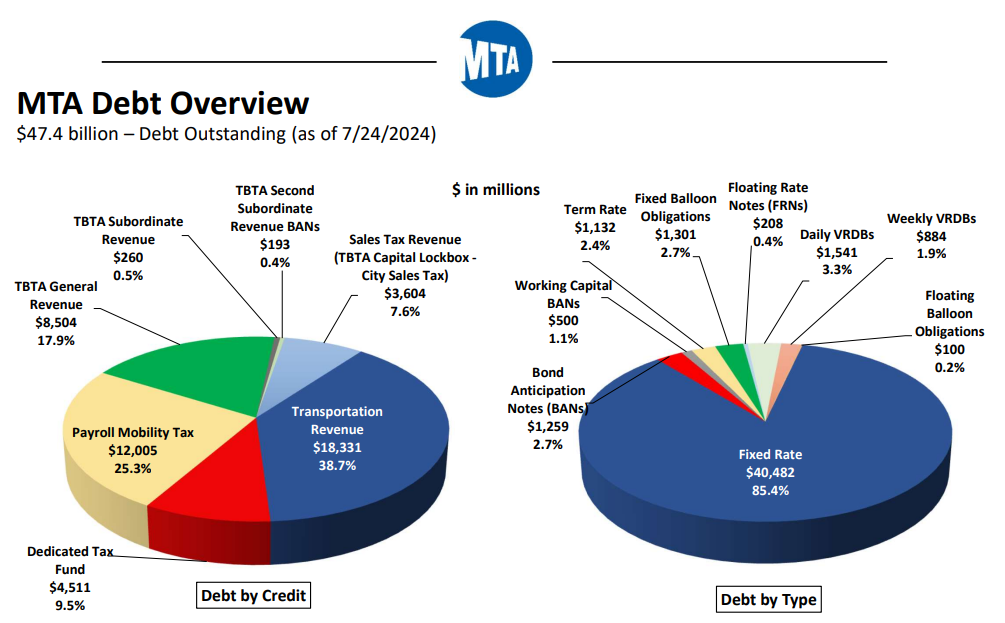 Pie chart representing the MTAs debt overview, provided by the MTA.
Pie chart representing the MTAs debt overview, provided by the MTA.
The MTA has accumulated $47.4 billion in debt, which prevents critical upgrades and maintenance. In contrast, cities like London and Paris receive heavy national subsidies, enabling cleaner, safer, and more reliable service. Without similar government support, NYC's transit system remains in disrepair.
Accessibility
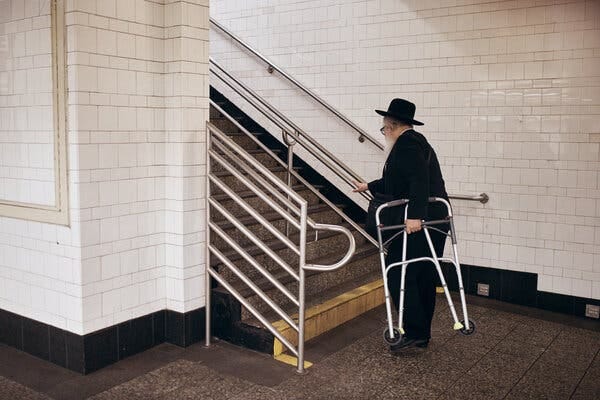 Only 128 of 472 NYC MTA subway stations are accessible to people with disabilities. Credit - Andres Kudacki for The New York Times.
Only 128 of 472 NYC MTA subway stations are accessible to people with disabilities. Credit - Andres Kudacki for The New York Times.
According to the Comptroller's Office of NYC, 114,708 residents have a condition that limits essential physical activity. Yet, out of the 472 stations in NYC, only 128 are accessible—the MTA's projection of 95% accessibility by 2055 is concerning, as it's still 30 years away! In comparison, London's Underground and Seoul's metro systems are already nearly fully accessible, which begs the question: why is NYC so far behind?
Flooding
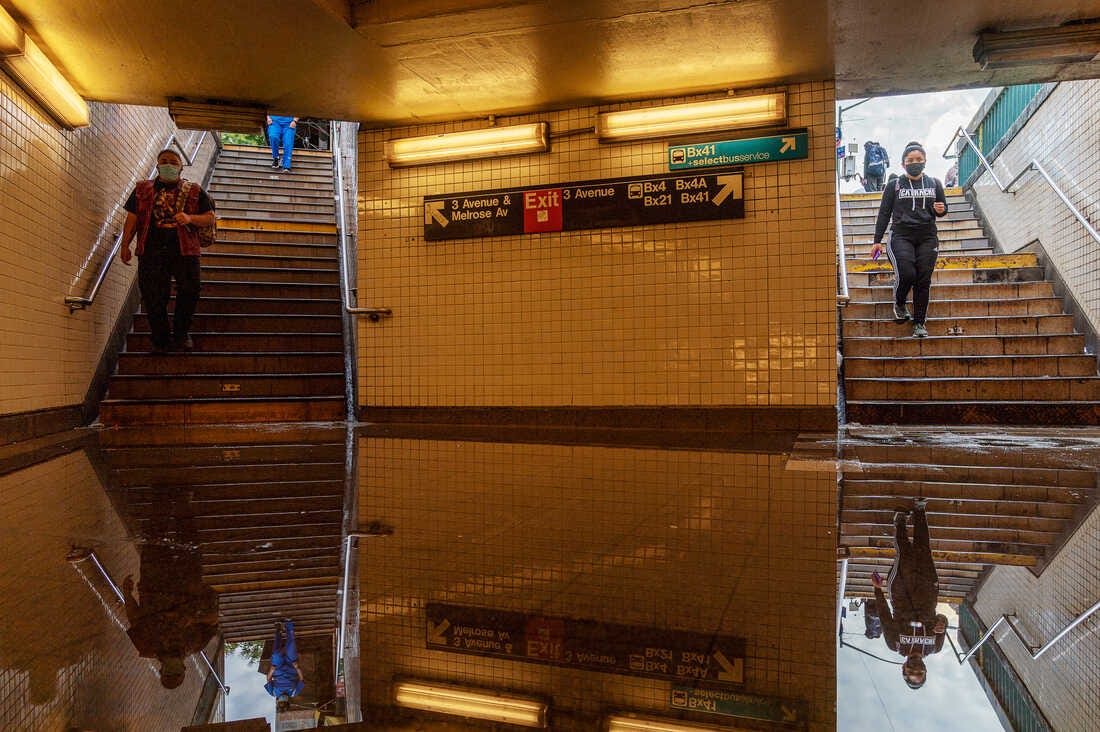 Heavy rain from remnants of Hurricane Ida flooded much of the city's subway system in 2021. David Dee Delgado/Getty Images.
Heavy rain from remnants of Hurricane Ida flooded much of the city's subway system in 2021. David Dee Delgado/Getty Images.
NYC's proximity to the ocean makes water a central issue for the subway, with tunnels pumping out 10 million gallons of water daily. Our aging infrastructure exacerbates the problem, leaving the MTA vulnerable to storm surges that frequently bring the system to a halt. These challenges will only grow as climate change continues to accelerate.
Congestion Pricing
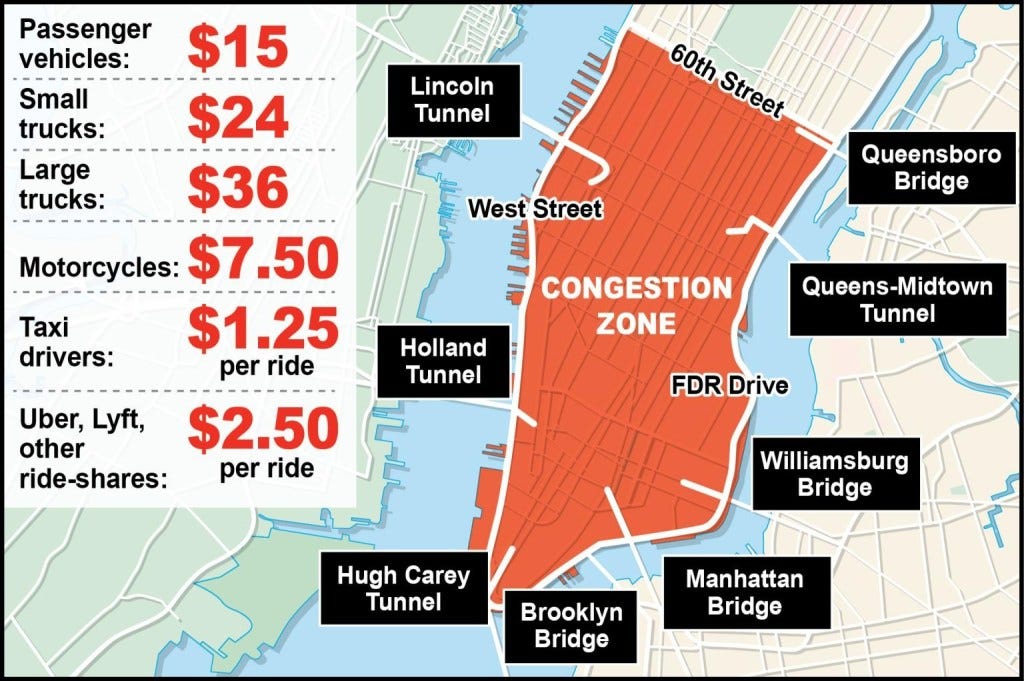 A map provided by the New York City Council outlining the borders and prices for NYC congestion based pricing in Lower Manhattan.
A map provided by the New York City Council outlining the borders and prices for NYC congestion based pricing in Lower Manhattan.
In the summer of 2017, famously dubbed the "Summer of Hell," NYC's train service was disastrous due to flooding, overcrowding, and outdated technology. The MTA responded with a Congestion Pricing plan, scheduled to begin in June 2024. This plan would charge drivers 1 billion annually for transit improvements and reducing traffic by 100,000 cars daily. However, on June 5th, Governor Kathy Hochul stalled the plan, claiming it was too expensive for NYC residents still recovering from the pandemic.
According to the NYC Census , 70% of New Yorkers rely on public transit, biking, or walking (Clarke, 2023). Driving to work is a luxury enjoyed mainly by wealthier residents, Upstate commuters, and Staten Islanders. Instituting congestion-based pricing does not infringe on freedoms but provides a necessary solution for funding public transit. Gov. Hochul's claims do not align with how most New Yorkers commute or travel within the city.
Those against congestion pricing often ignore the success of similar systems worldwide.
London and Stockholm, for example, have implemented congestion pricing, charging drivers during peak hours, improving air quality, and funding transit upgrades. London's system has effectively reduced traffic and generated billions in revenue. Without immediate funds from congestion pricing, NYC's transit system will continue to suffer from underfunding and disrepair.
Conclusion & Call to Action
New Yorkers shouldn't have to settle for a broken transit system. The MTA's debt, lack of accessibility, and vulnerability to flooding are all preventable problems, but they require political action and investment. Supporting initiatives like congestion pricing isn't just about reducing traffic; it's about ensuring New York's transit system works for everyone. We must demand more from our city and government to keep NYC moving.
Work Cited
www.timeout.com/travel/best-public-transport-in-the-world.
new.mta.info/accessibility/stations.
https://www.columbia.edu/~kyl2120/mtaproject/
comptroller.nyc.gov/reports/disability-and-employment-in-new-york-city/
https://new.mta.info/document/34276
www.sidewalkchorus.com/p/transit-is-vital.
Cool stuff you should check out!
Kayaking the waters that shaped a now 400 year old New York City
Inside Google’s 7-Year Mission to Give AI a Robot Body
Subscribe
